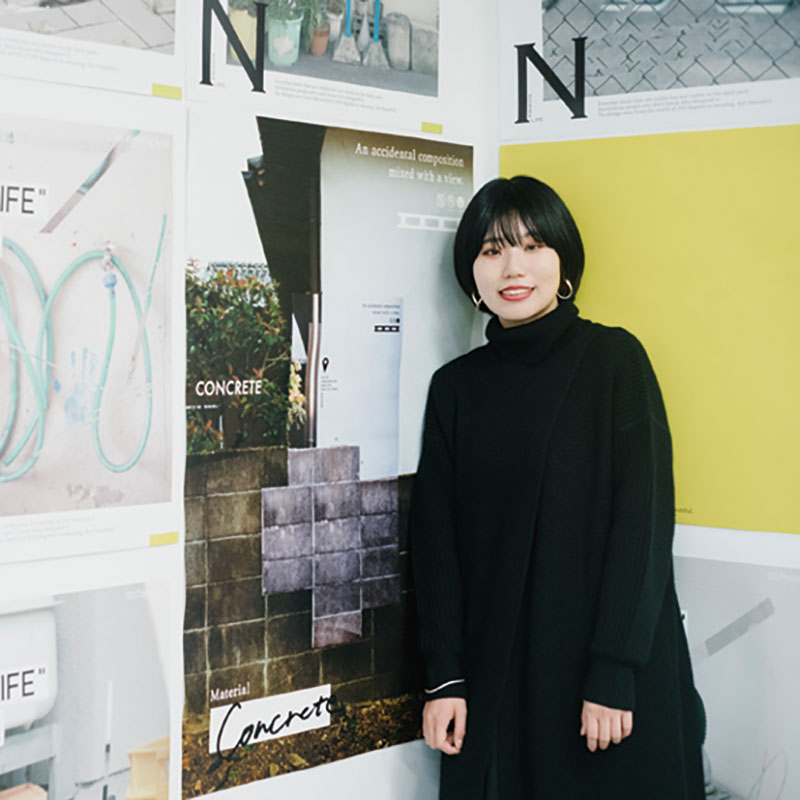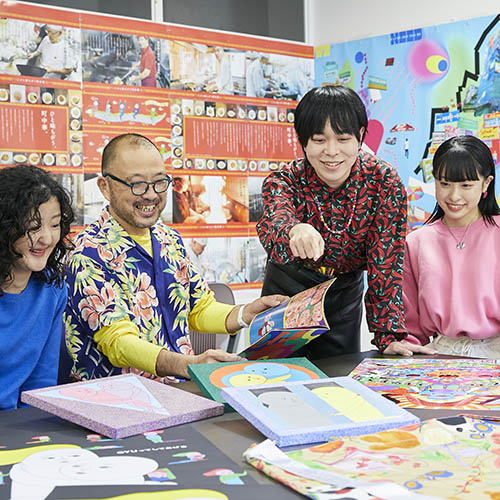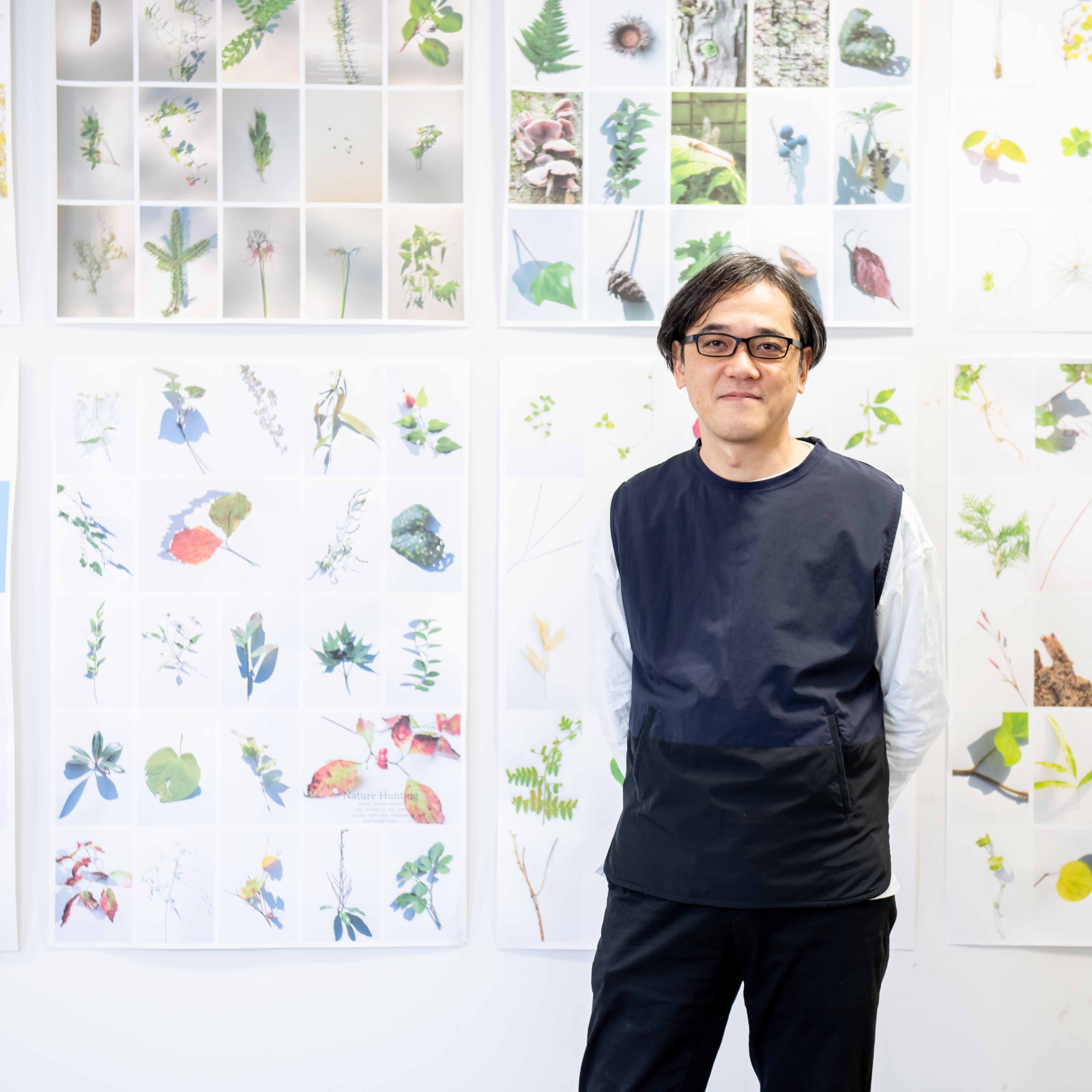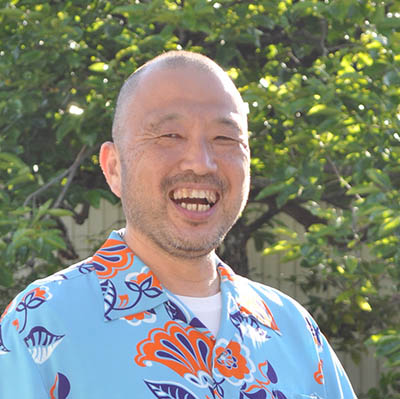
SHIGAYA Koichi
- Specialization
- Advertising / Communication Design

[Core Practicum in Visual Design 1 / Year 1]
Students learn the basics of sketching, croquis, and spatial and color expression, and at the end of the year, they try their hand at live painting.By drawing colorful lines on a large canvas with a giant roller, they experience firsthand the beauty of color and the allure of form.
[Graphic Design / Year 2]
In the first semester, students produce five B1-sized posters (728 cm × 1030 cm) by hand using various techniques, including drawing and printmaking.In doing so, they directly experience the scale and impact of working at B1 size.In the second semester, students make posters of the same size on a computer and consider how to recreate the immediacy of hand-drawn works using digital technology.
[Project Work 1 / Year 3]
Students get to experience hunting wild animals in Miyama in the north of Kyoto, providing an opportunity for them to encounter the natural world and more deeply consider life by returning to the very basics of making clothes, procuring food, and creating shelter. In doing so, they come to appreciate the importance of both physical and mental design, allowing them to think about what makes a truly great or expressive composition.
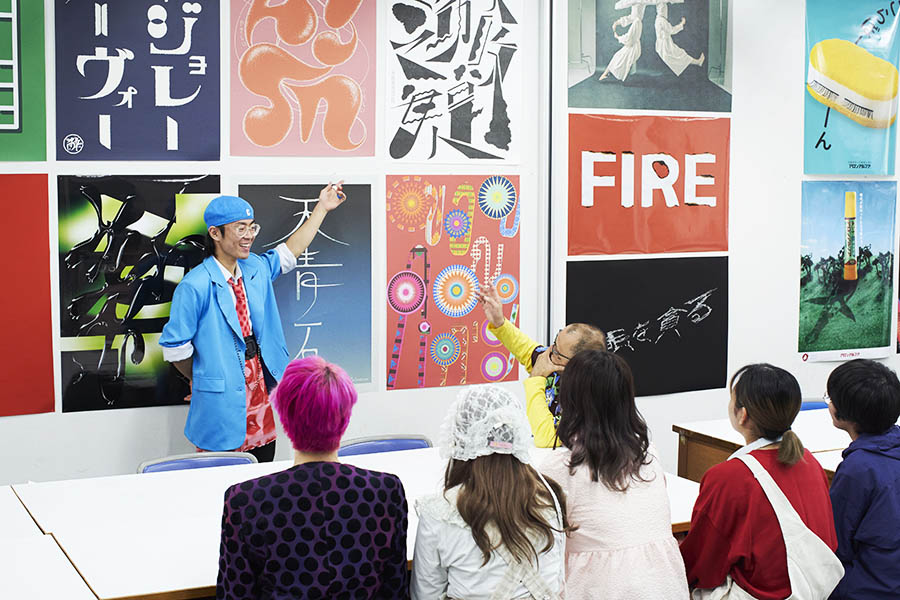
Students learn the basics of visual design.They can also choose elective classes to learn design software and develop their photo, video, and web design skills.
Students develop their expertise in imagery, lettering, and communication, participating in practical classes to build up a reliable skill set for designing posters, booklets, packaging, and fonts.
Students learn to tackle social issues through design by working on social projects together with Digital Creation Course students.
Students produce their graduation work using the wide range of skills and design knowledge they have gained over the last four years, including planar composition, typography, and drawing.
We have three studios fitted for different types of photography where students can take photos for web and graphic design projects.
Students can also develop and print their negatives in fully-equipped darkrooms.Using different solution temperatures and developing times, students can experiment with altering the appearance and color of their photographs.
PICK UP!
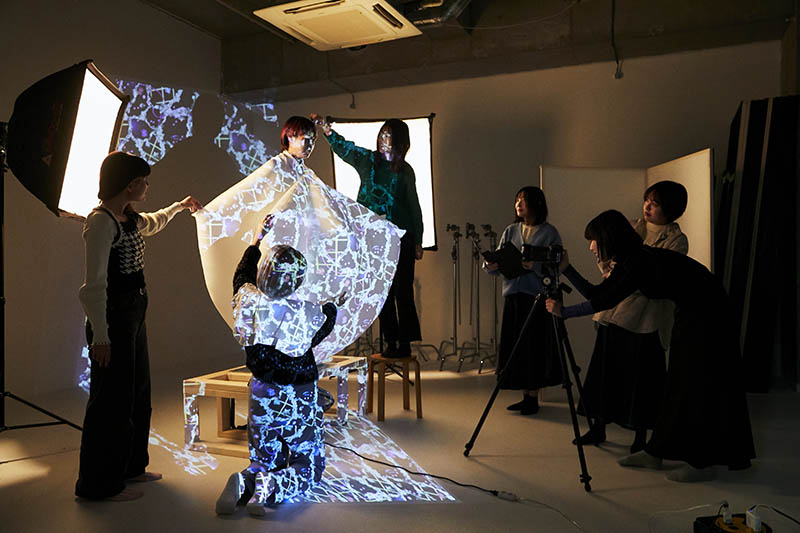
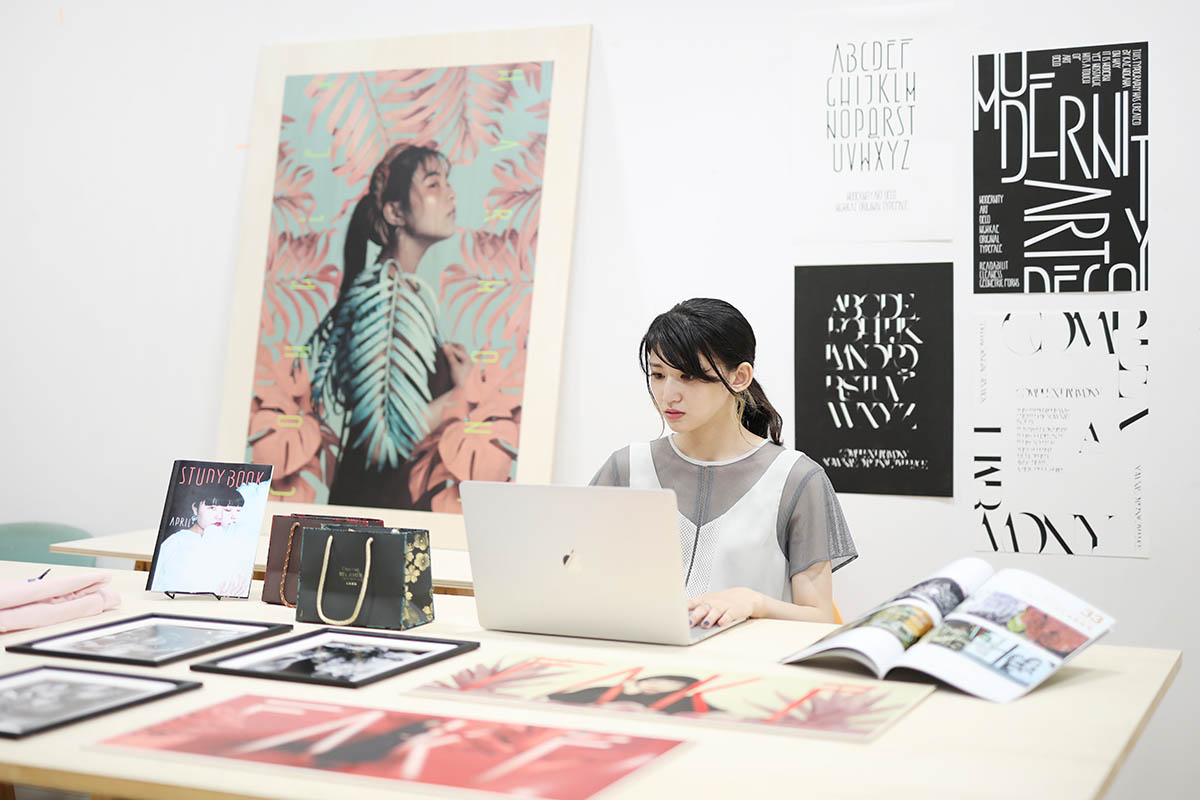
Class Room
The studio layouts for each year level have been designed to be spacious and easy to use. Each student has a desk, which they are free to use outside of class for creative work.
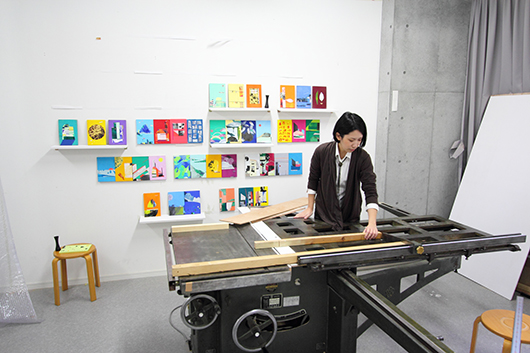
Craft Room
The Craft Room is equipped for woodwork and printmaking.
Designers are sought worldwide, and in recent years, an increasing number of our graduates have been active in fields including clothing, interior design, and art, in addition to those working as designers at production and advertising companies.
